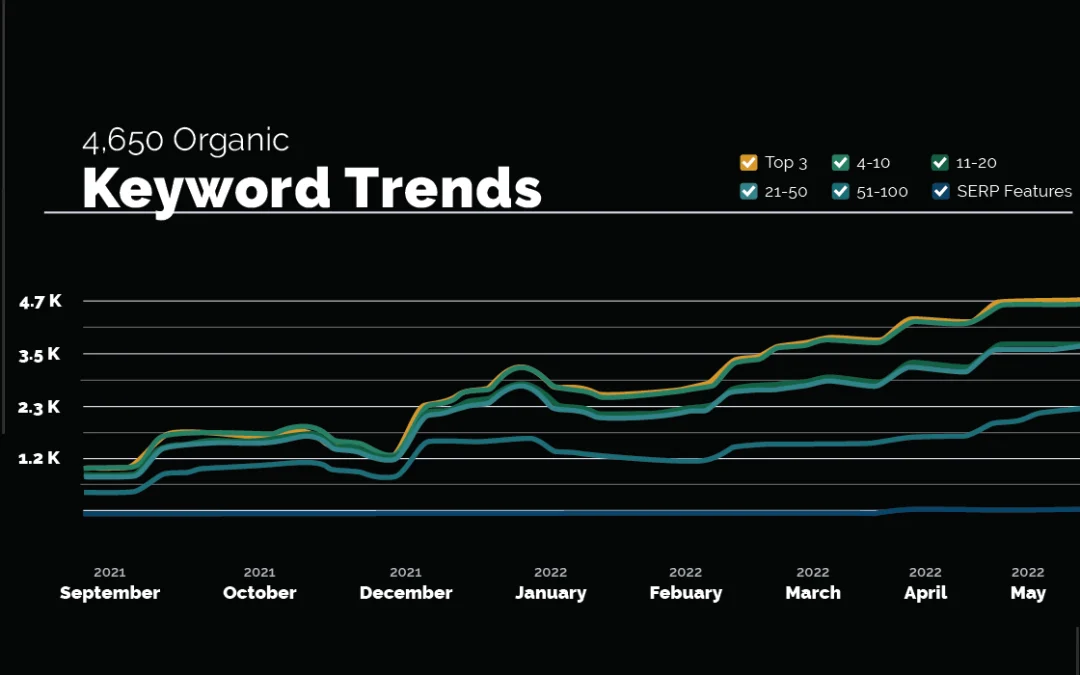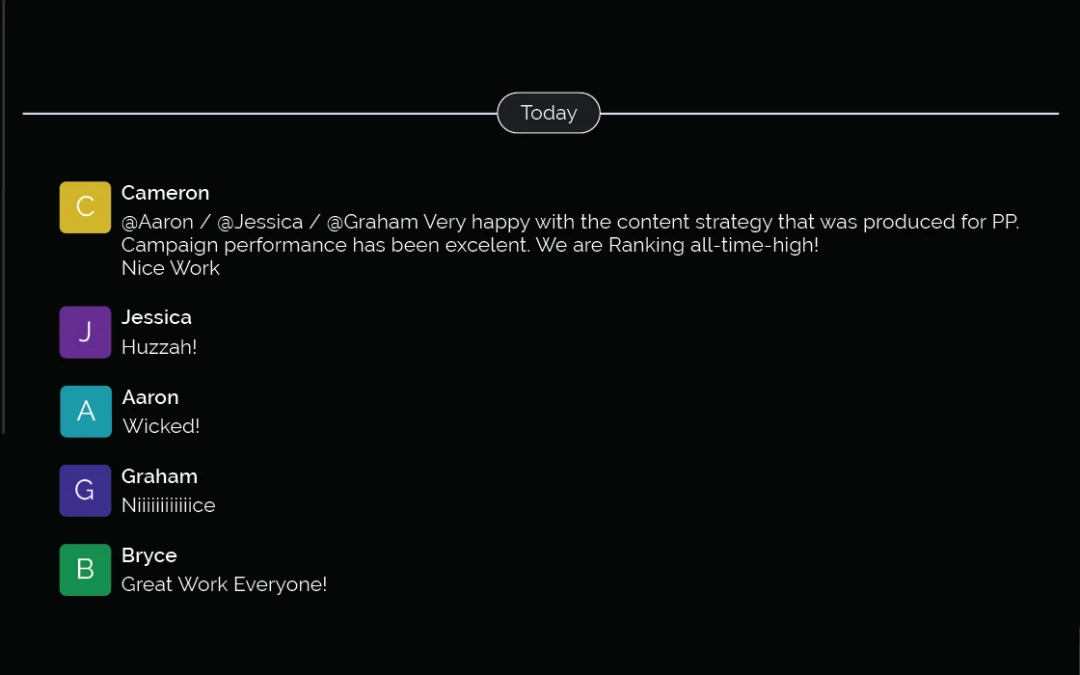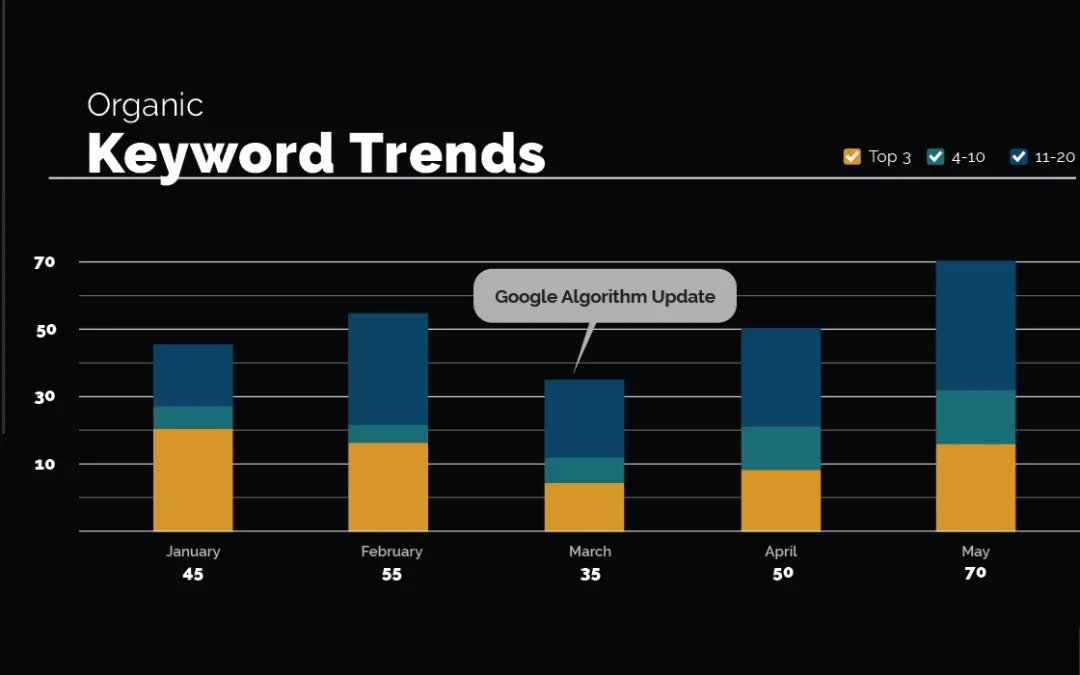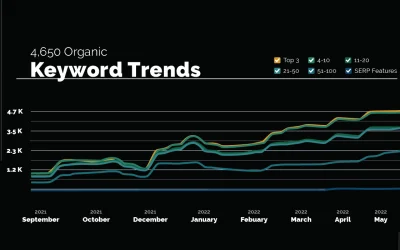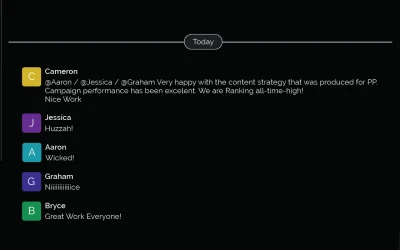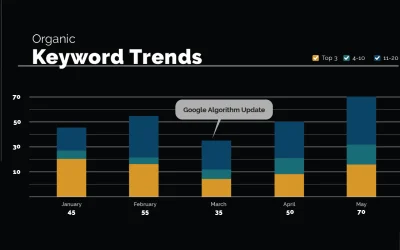Summary:
- Educating potential customers helps build an audience and create strong long-term relationships with them, leading to more sales.
- Customer education is more effective than direct sales because it primes leads to enter your sales funnel based on their own interest instead of pressuring them. Since search engines use authority as a ranking factor, education via thought leadership can also improve your SEO and boost website traffic.
- Best practices for creating educational content include focusing on customer pain points, providing actionable insights, and using simple, direct language. Content should be produced in a variety of formats, optimized for SEO, and analyzed regularly to ensure its effectiveness and continued relevance.
- Common mistakes to avoid when producing educational content include over-promoting your brand, ignoring feedback from your audience, posting inconsistently, and not using data to validate or update your content.
Many business owners hesitate to provide free advice, claiming that they gain nothing by giving their expertise away—but educating potential customers often pays surprising dividends in the long run. Consumers who perceive a brand as knowledgeable and trustworthy are more likely to choose its products or services over others. In this sense, education can be a powerful tool for businesses to increase brand awareness, enhance customer relationships, and ultimately drive sales.
This approach is a core part of Monochrome’s organic marketing services. By creating high-quality informational content that addresses pain points for customers, we help establish our client partners as thought leaders in their spaces and leverage their authority into meaningful returns. Below, we flesh out the relationship between sales and education in detail so that you can better understand its value and try it for yourself.

Via Adobe Stock.
Providing Value Through Education (& Using It to Drive Revenue)
Your target audience is already trying to solve the problems your business exists to address. When your content helps them solve those problems, you’re demonstrating your value to them. Critically, you aren’t cutting yourself out of the equation by doing this—it actually primes them to enter your sales funnel willingly and eventually make purchases.
Don’t Be Scared to Share
The biggest mistake most business owners make here isn’t giving away too much value; it’s giving away too little. In most cases, you can give away 90% of your knowledge for free and people will still pay you for the last 10% because that’s what makes you an expert. Customers want expert solutions—and once you’ve brought them most of the way there, they’re much more likely to believe your solution is the best one.
Educating Your Customers Comes with Fringe Benefits
Educational content not only engages potential customers—it also increases your visibility on search engines. Search engines prioritize authoritative and relevant content, so integrating thought leadership into an SEO strategy can improve search rankings, drive organic traffic, and ultimately lead to higher conversion rates.
And that’s not all! Thought leadership content also encourages social sharing and backlinks from other reputable sources, further enhancing your online presence and reach. By incorporating thought leadership into an organic marketing and SEO campaign, you can strengthen your business’ brand image, build lasting relationships with customers, and foster long-term growth.
But Wait—What’s Wrong with Direct Selling?
Anyone who’s dated long enough has probably been told at some point, “don’t chase; attract”. The same philosophy applies here.
Taking an educational approach is almost always more effective than direct sales techniques because it encourages leads to enter your sales funnel based on their own interest and the value they find in your content. Instead of feeling pressured by aggressive sales tactics, customers appreciate the helpful information you’re giving them and eventually come to see your brand as a reliable source. This organic entry into the sales funnel builds a stronger foundation for long-term relationships and increases the likelihood of conversions and customer loyalty. It also helps you attract the new customers who are genuinely interested in your products and services, which means they’re more likely to be satisfied with what they purchase and give you their business again in the future.

Via Adobe Stock.
10 Steps for Creating Educational Content that Resonates with Your Audience
- Identify customer pain points: Understand the challenges and problems your potential customers face, and set out to create content that directly addresses those issues.
- Focus on relevance: Ensure the content is relevant to your target audience and aligns with their interests, needs, and preferences.
- Provide actionable insights: Offer practical advice, tips, and solutions that readers can apply to their problems.
- Use clear and concise language: Communicate complex ideas simply and avoid jargon, making your content easily understandable for your audience.
- Utilize a variety of content formats: Cater to different learning preferences by creating a mix of blog posts, videos, webinars, ebooks, and infographics.
- Optimize for SEO: Incorporate relevant keywords and optimize meta tags, headers, and URLs to improve search rankings and increase visibility.
- Engage with your audience: Encourage comments, questions, and feedback to facilitate discussions, and respond to queries to foster relationships and trust.
- Promote content strategically: Share your content across social media platforms, email newsletters, and other channels to maximize reach and engagement.
- Analyze and iterate: Validate content topics with keyword research, monitor content performance using KPIs and analytics tools, and use data-driven insights to optimize and improve your content strategy over time.
- Stay up-to-date and credible: Regularly update your content to keep it current, accurate, and trustworthy, positioning your business as a reliable source of information.

Via Adobe Stock.
Common Mistakes to Avoid When Creating Educational Content
- Over-promoting your brand: Avoid excessive self-promotion; focus on providing value to the audience and they’ll come to you.
- Generic or irrelevant information: Ensure content is relevant, specific, and tailored to your target audience.
- Complex language and jargon: Why use a hundred words when ten will get the point across? Be specific and concise.
- Neglecting SEO: Optimize your content for search engines to increase visibility and reach.
- Ignoring audience feedback: Listen to your audience’s comments and questions, and use their input to improve your content.
- Inconsistency in posting: Maintain a regular content schedule to keep your audience engaged and informed.
- Outdated or inaccurate information: Review your content regularly to make sure it continues to provide timely and accurate information.
- Not measuring content performance: Analyze engagement, traffic, and conversion metrics to make data-driven improvements to your content strategy.
Make Your Educational Content Competitive
Providing value in the form of education will bring you new customers, but you still need to make sure your content is getting out in front of the right audience. Use the advice above to get started—and for expert help creating and optimizing content that will help establish you as a thought leader in your industry, contact Monochrome Marketing and speak with a digital content specialist. We’ll work with you to make sure you’re always delivering the right message in the best possible way.

